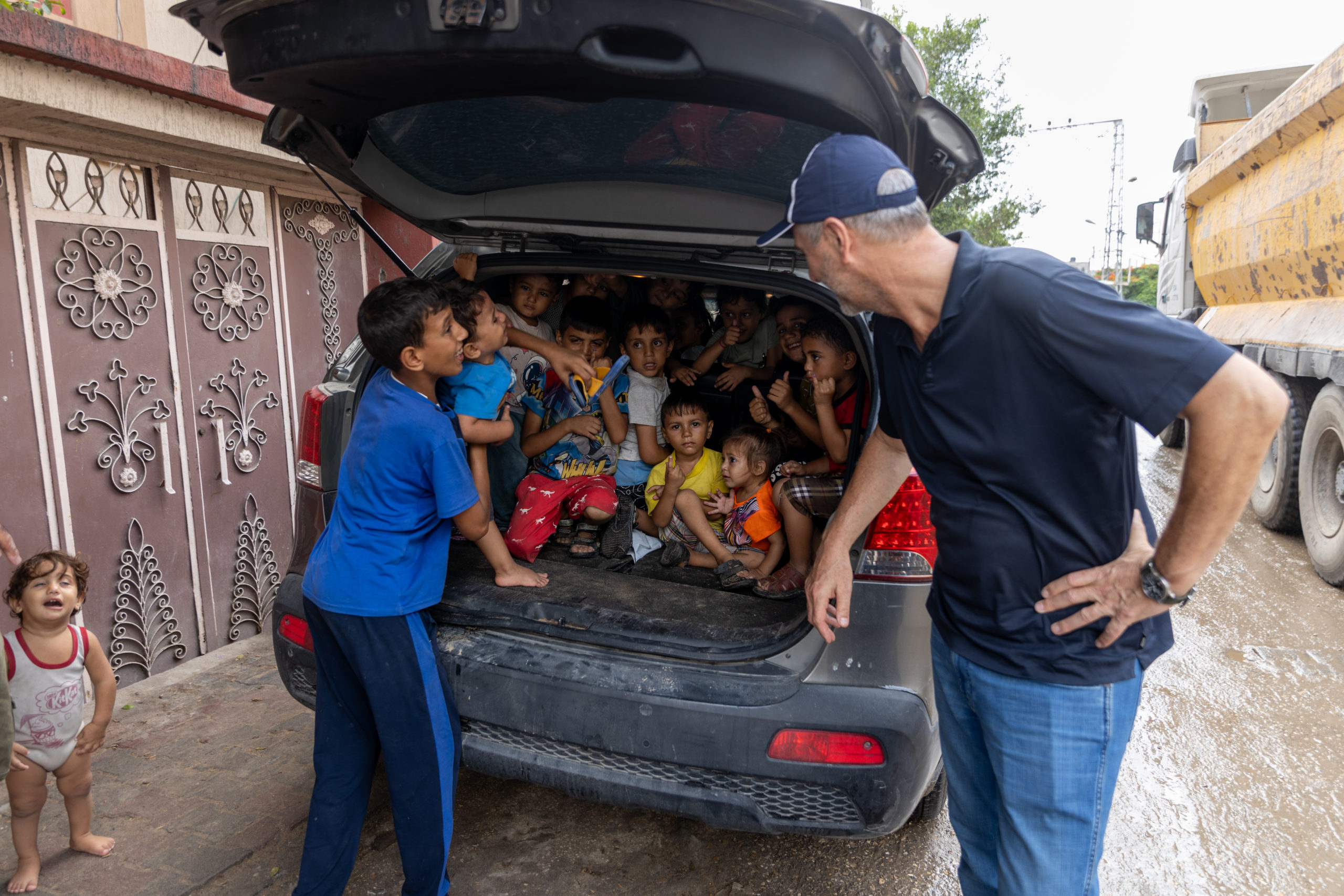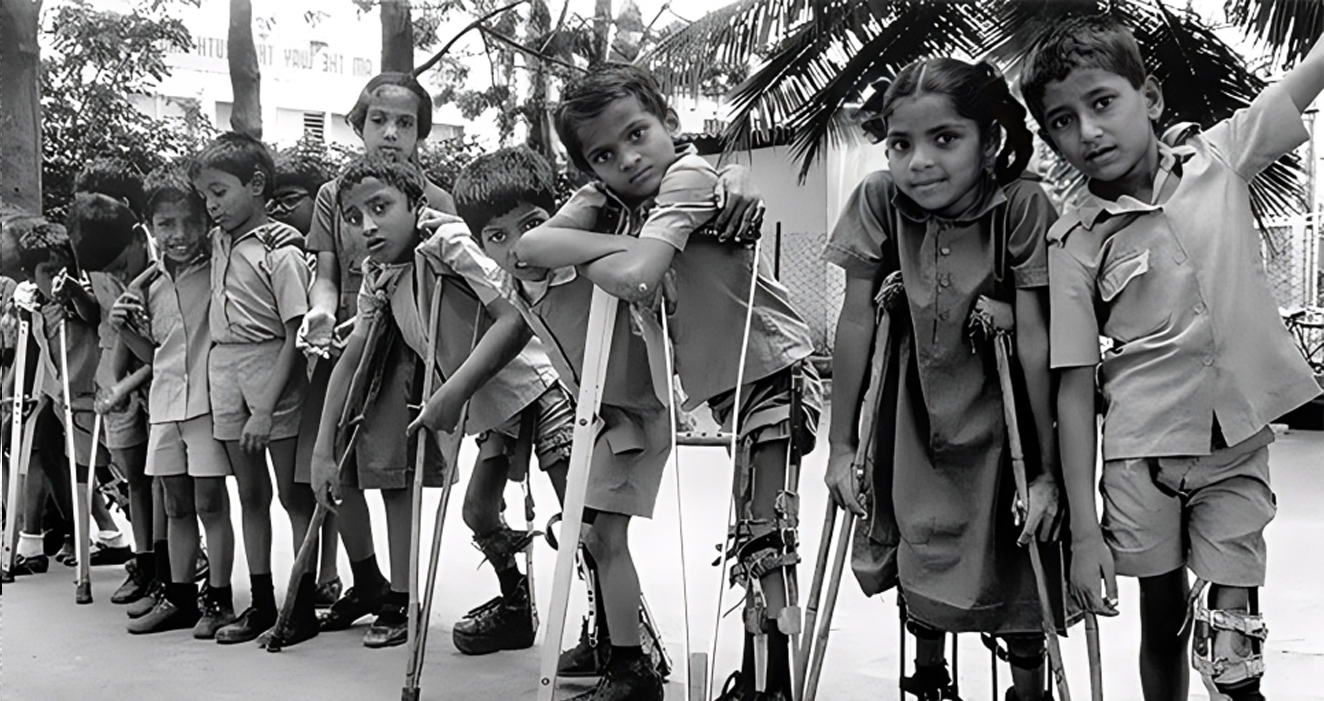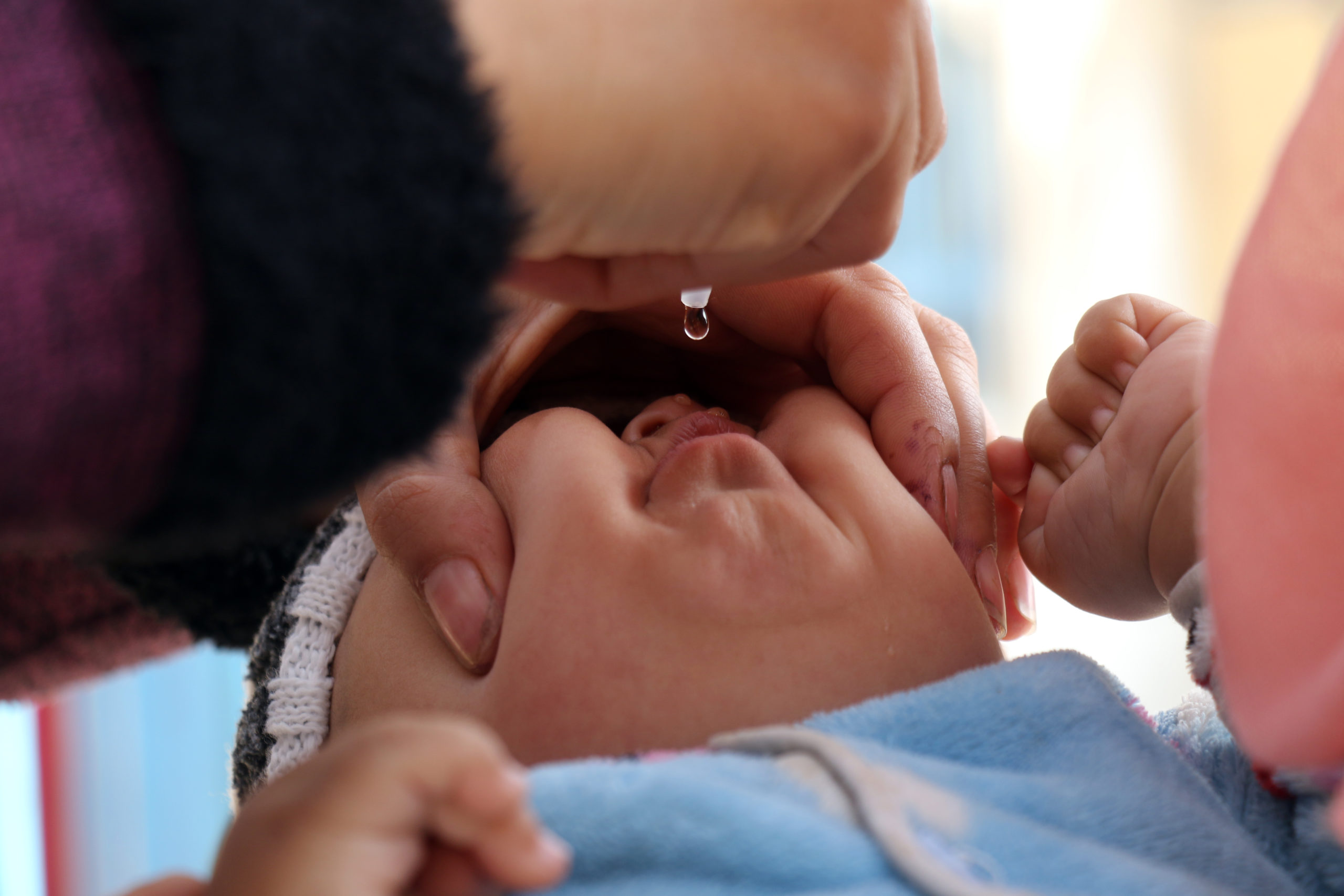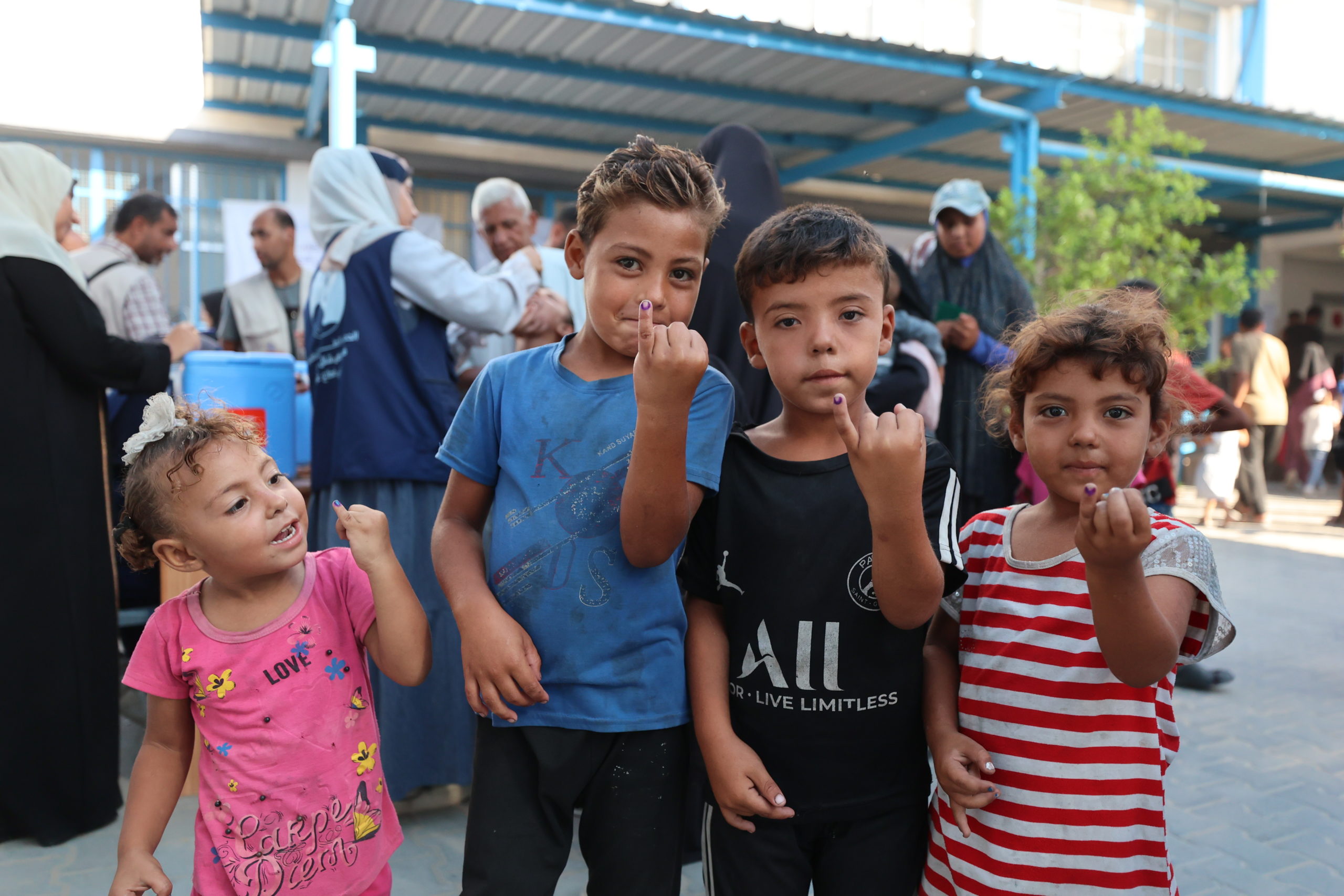Vaccination campaigns rapidly boost immunity of refugees vulnerable to outbreaks of communicable diseases.
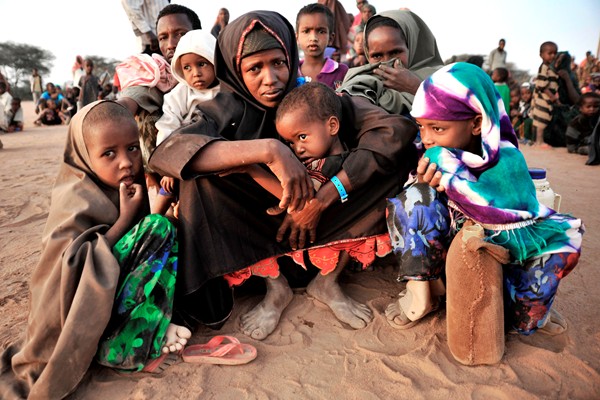
Riccardo Gangale/UNICEF
8 August 2011 – The Horn of Africa is facing its worst drought in over 50 years; child malnutrition rates are more than double or triple the 15% emergency threshold and are expected to rise.
Malnourished children are more prone to sicknesses and diseases, such as measles. An outbreak in the Kobe refugee camp in Ethiopia, for example, has already resulted in 47 confirmed cases of measles, including three deaths.
From 25–29 July, the Kenyan Ministry of Health, WHO Kenya and Somalia and UNICEF Kenya and Somalia launched a cross-border vaccination campaign for children living around Dadaab, a large settlement for Somali refugees in north-eastern Kenya. After registration, newly arrived Somali refugees in the Dadaab camps are medically screened and vaccinated. To protect the host population in the area, a vaccination campaign, lead by WHO, targeted about 215 000 children under five, with measles and polio vaccines, together with vitamin A and deworming tablets.
This photo story and video illustrate in more detail the nature of the vaccination campaign.
